Photography has always been a balm for me. Picking up a camera and creating something interesting is not just a creative release, but a tonic for stress. And like most of us, I’ve needed that more than ever these past five months. That’s why I’ve started taking photo road trips in my area, to fight cabin fever with photography
Trying to do my best to stay healthy and avoid the chance of spreading COVID, my outside trips had been mostly limited to grocery shopping and walking the dog. And despite the heat and humidity of where I live, at least it’s not winter. But after a couple of months of that, I realized I had to do more. And for me, that meant not just getting outside, but shooting pictures.
I began by visiting some local parks in the evenings, when no one else was around, to do some night photography. Once our zoo opened, I made a trip there, mask on face. And I bought an annual membership to our local arboretum to encourage me to visit there more. But that too began to get stale. And then the comet happened.
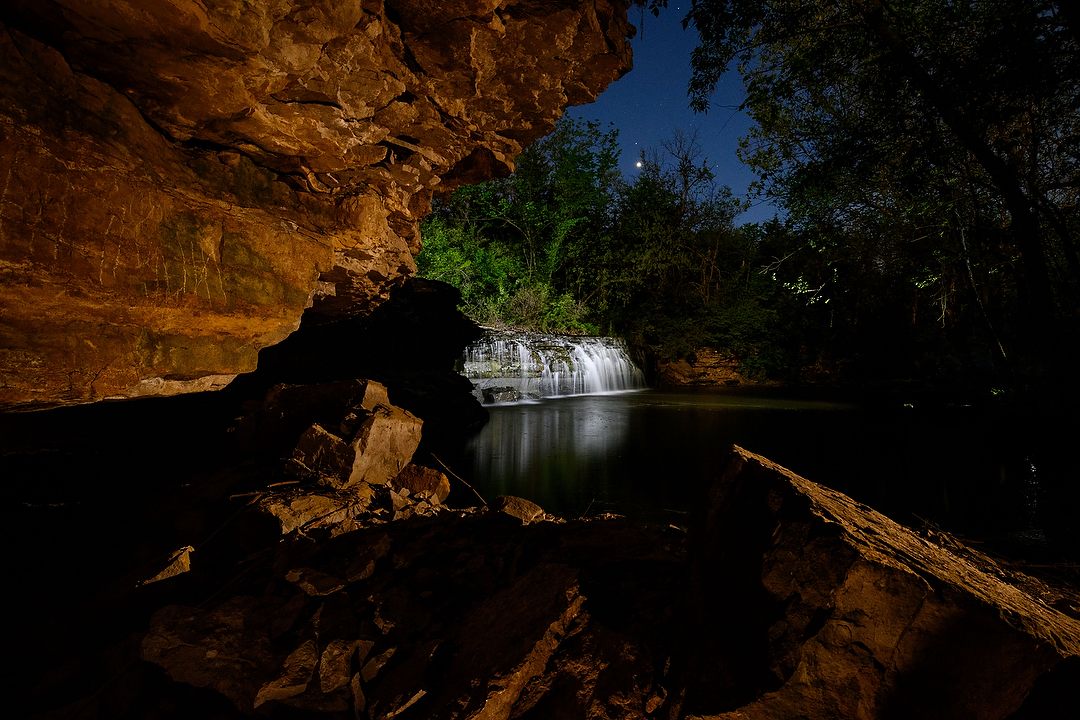
This is from one of my light painting night shoots at a local park. Nikon Z 50, Manual exposure, Sunny white balance, ISO 1000, 15-seconds at f/9, Nikkor AF-S DX Zoom-Nikkor 12-24mm f/4G IF-ED lens at 12mm.
Over the course of two weeks I made seven outings to try to photograph Neowise. Four of those were to areas a couple of hours west of where I live, to take advantage of the darker skies. And that got me doing more research on small towns in the area. I found listings for old one-room schoolhouses, abandoned churches, and tiny communities where I knew there would be good opportunities for photos. So I started making lists, and mapping out where to visit.
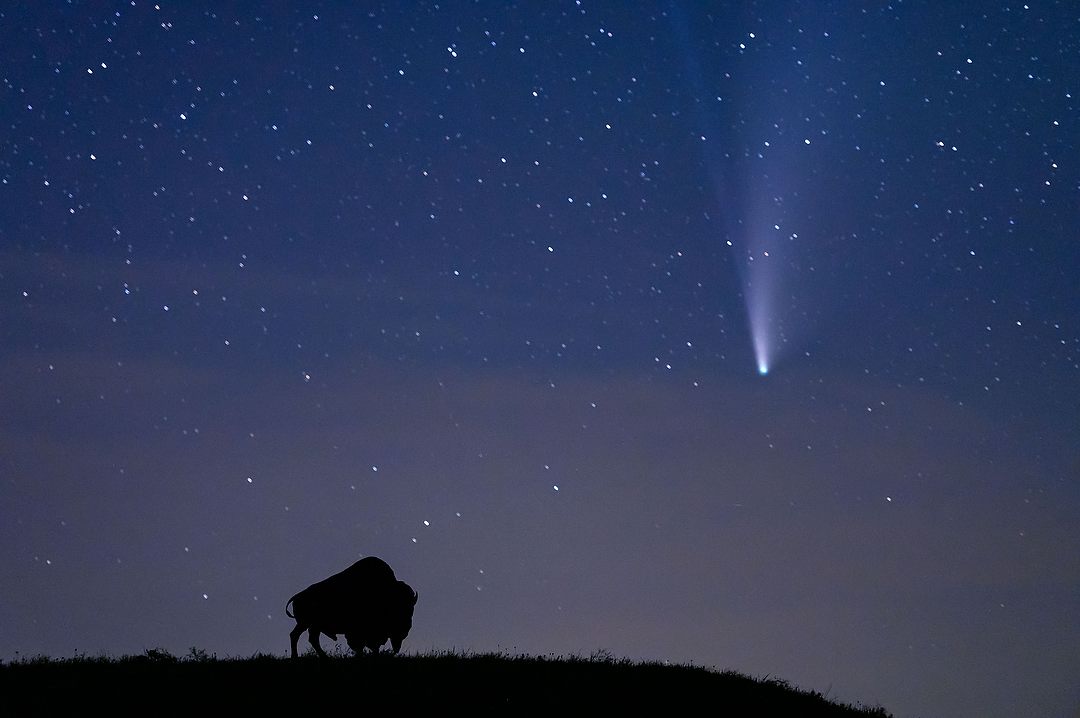
My best photo of Neowise came from a spot I found, with a bison statue, while driving back roads. And that resulted in a photo I’ve been able to sell. Nikon Z 6, Manual exposure, 3800K white balance, ISO 10000, 13-seconds at f/2.8, Nikkor AF-S 70-200mm f/2.8G ED VR II lens at 145mm.
Yesterday was my first outing using that list, to an area of Kansas north of where I live. I planned to visit three small towns and see what else I’d find on the way. That’s always better done by staying on two-lane roads (some gravel). With good weather in the offing, I left at 4pm, to take advantage of evening light. I also brought along my light painting gear, hoping to do some of that as well.
I returned back home at 1am this morning. In those nine hours, and pver 200 miles of driving, I made more stops than I could count, some even resulting in good pictures. Most importantly, while physically tired, I felt mentally refreshed. After a good night’s sleep, I was ready for a new day. And I’m also ready to start planning my next road trip. My goal is to do one each week, making some photos, spending some time outside, and reminding myself that this pandemic won’t last forever.
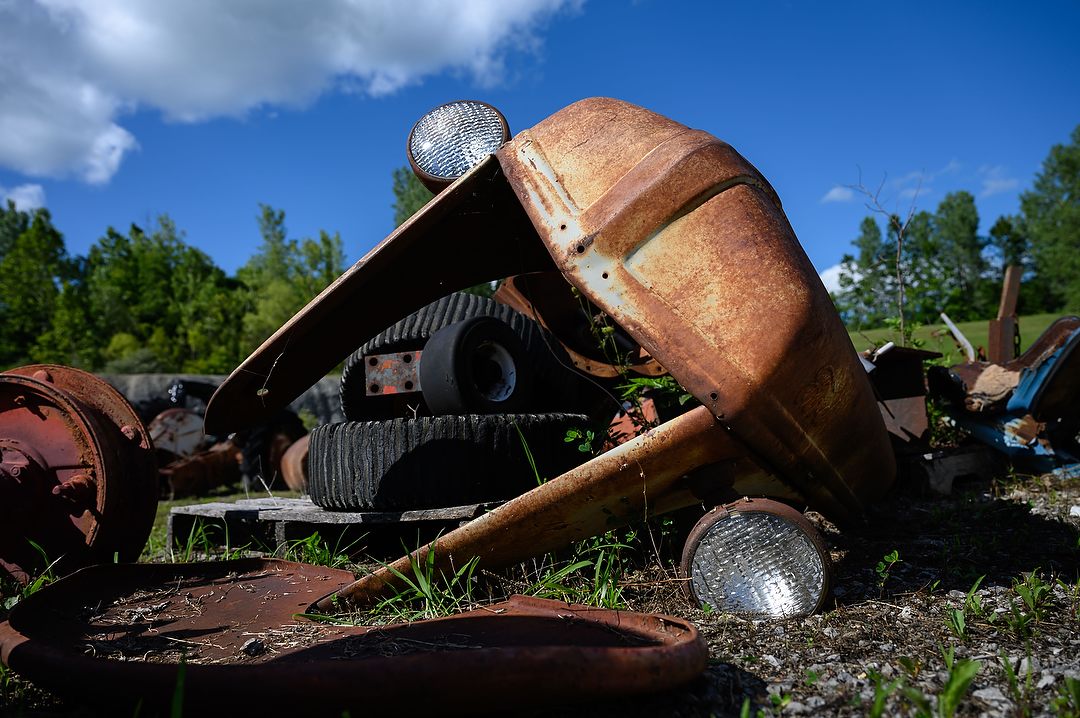
Passing by a small tractor parts store, I noticed a field full of relics out back. Making a quick u-turn, I pulled in, popped on my mask and asked the owner if he’d mind if I took some photos. Nikon Z 6, Aperture Priority, Natural Auto white balance, ISO 100, 1/640 at f/5.6 in Matrix metering, -1.0 EV, Nikkor Z 24-70mm f/2.8 S lens at 26mm.
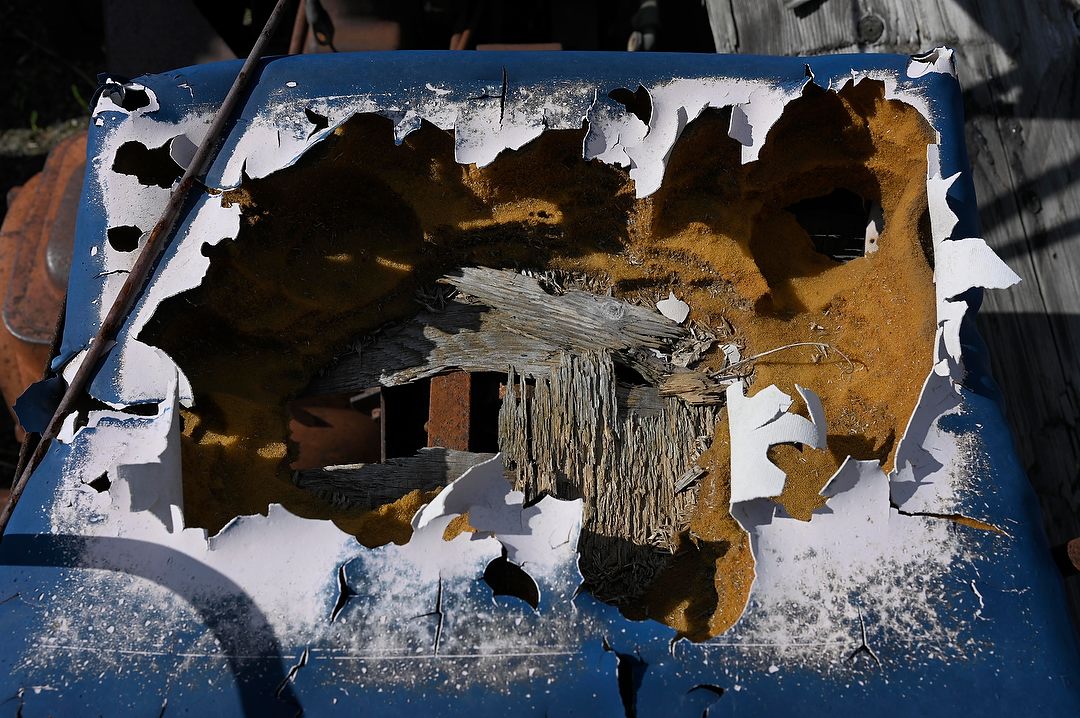
This worn-out tractor seat created a beautiful frame with its blue and white edges. Nikon Z 6, Aperture Priority, Natural Auto white balance, ISO 100, 1/400 at f/10 in Matrix metering, -1.0 EV, Nikkor Z 24-70mm f/2.8 S lens at 33mm.
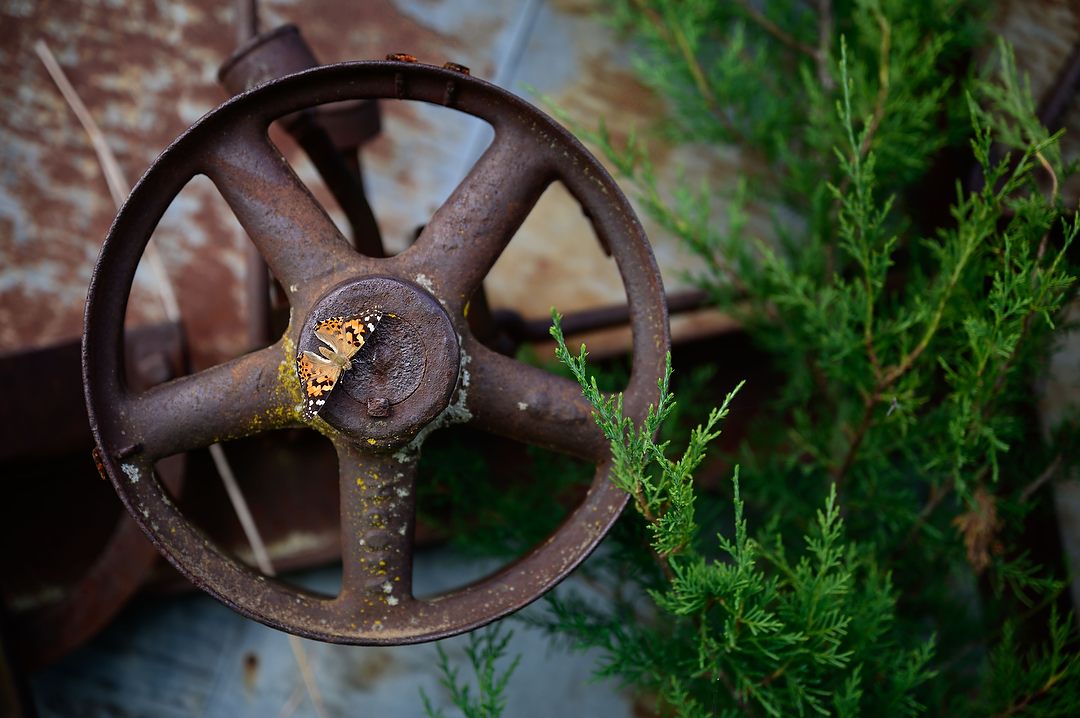
Spotting some old farm machinery in a field, I pulled over to investigate. There were lots nice patterns of rust, but this moth made the scene even better. Nikon Z 6, Aperture Priority, Natural Auto white balance, ISO 160, 1/800 at f/2.8 in Matrix metering, -1.0 EV, Nikkor Z 24-70mm f/2.8 S lens at 70mm.
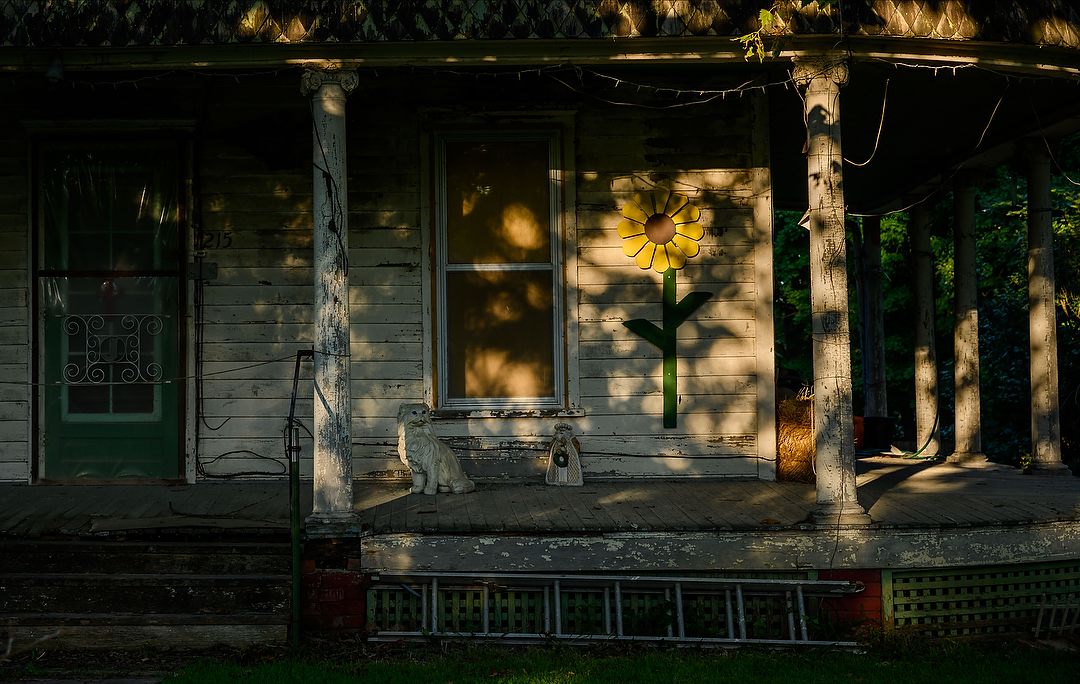
Planning for light is important. That’s why I left in the late afternoon, knowing I’d be visiting the towns during the last light of day. Nikon Z 6, Aperture Priority, Natural Auto white balance, ISO 160, 1/250 at f/5 in Matrix metering, -1.3 EV, Nikkor NIKKOR Z 24-70mm f/2.8 S lens at 70mm.
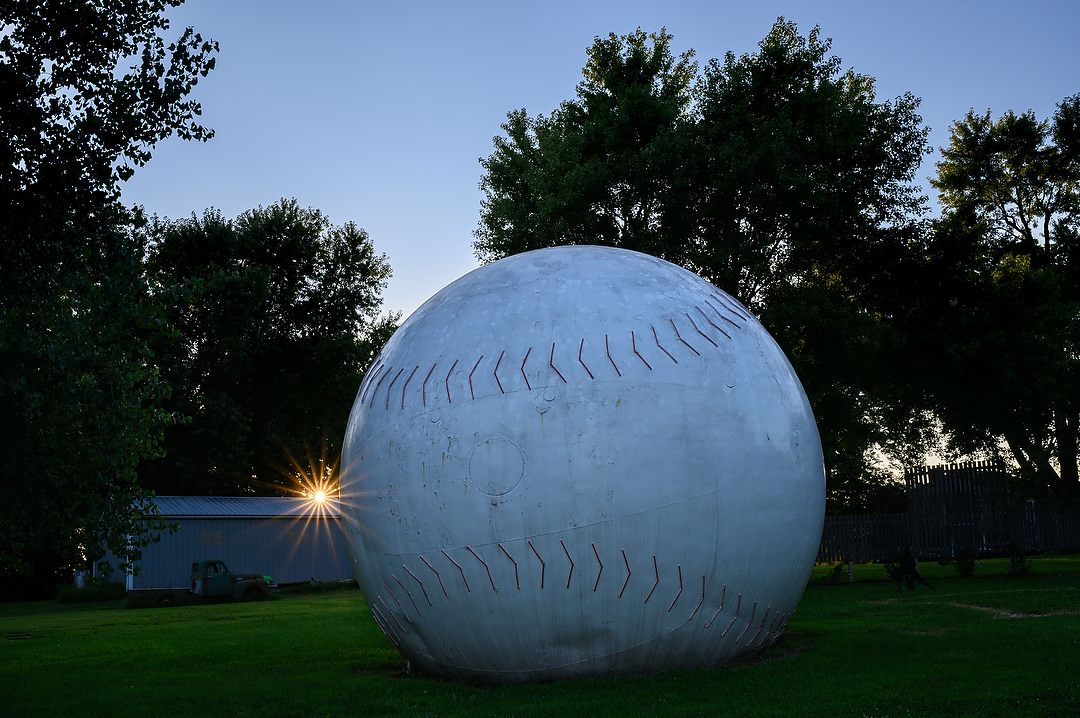
Muscotah, Kansas, is a small town with the world’s largest baseball. Creating a sunburst with a small aperture helped make the picture a bit more interesting. I had to heavily underexpose to keep the sky from overexposing, then lightened the rest of the image in software. Nikon Z 6, Aperture Priority, Natural Auto white balance, ISO 100, 1/125 at f/16 in Matrix metering, -2.7 EV, Nikkor NIKKOR Z 24-70mm f/2.8 S lens at 43mm.
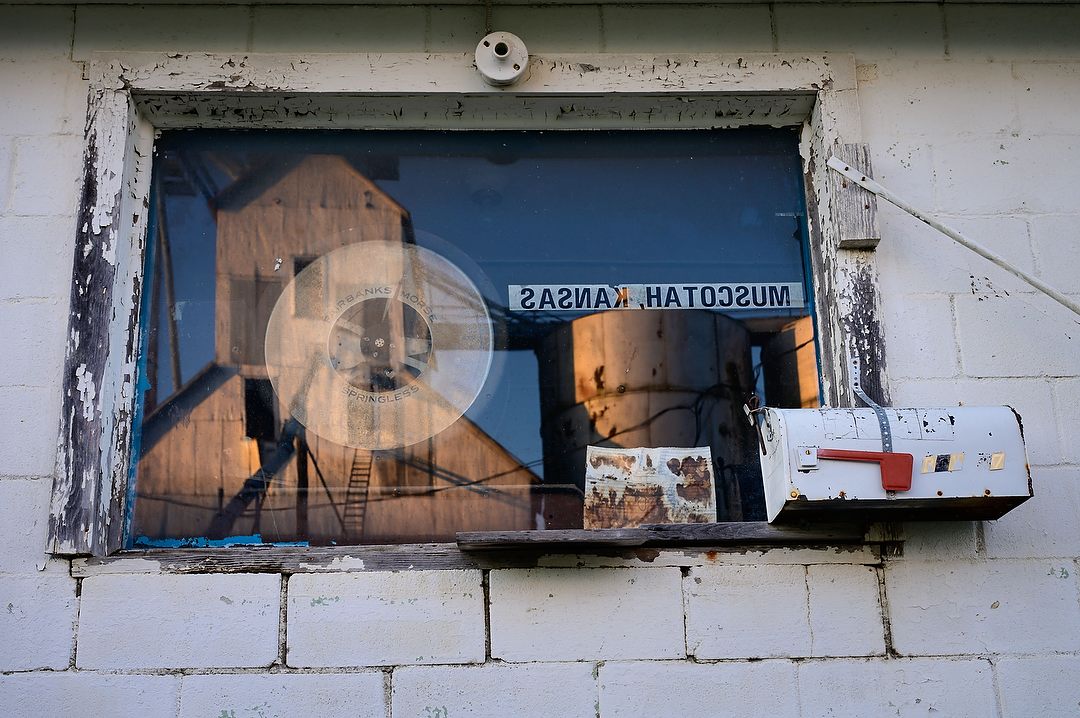
Muscotah also has an old weigh station by the grain elevators. The reflection of them in the office window worked well in the fading light. Nikon Z 6, Aperture Priority, Natural Auto white balance, ISO 200, 1/50 at f/5.6 in Matrix metering, -0.7 EV, Nikkor Z 24-70mm f/2.8 S lens at 35mm.
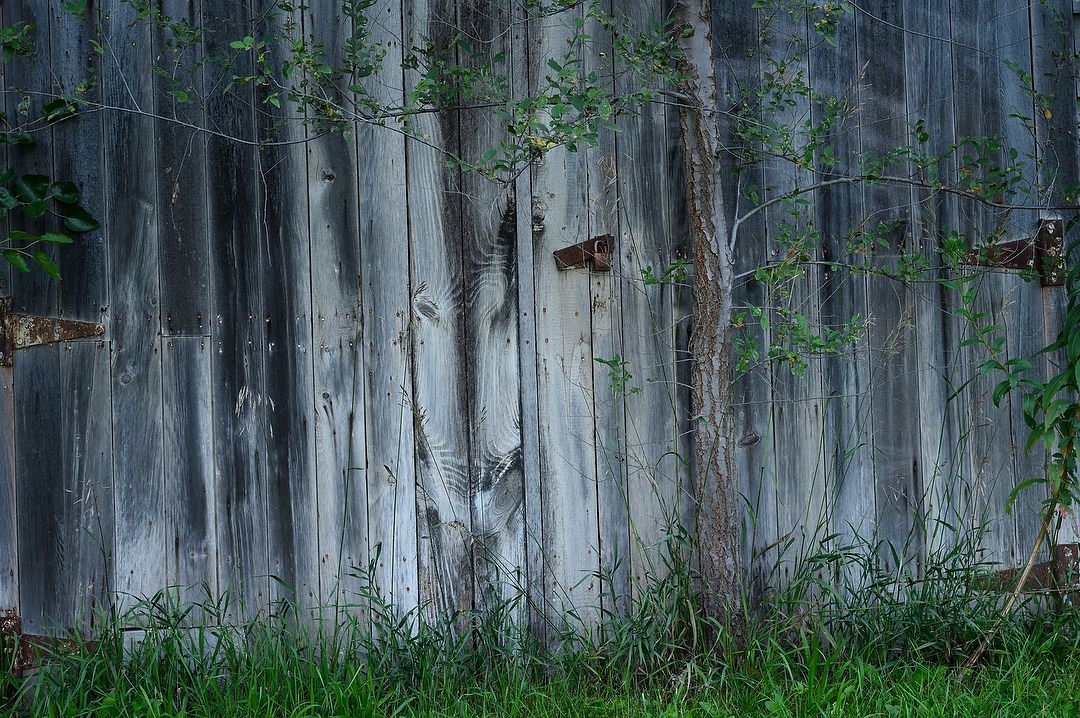
Weathered wood, rust and fresh green growth always offer the opportunity for a nice composition. The camera’s excellent in-body stabilization let me shoot at a low shutter speed without a tripod and still stay sharp. Nikon Z 6, Aperture Priority, Natural Auto white balance, ISO 200, 1/20 at f/5.6 in Matrix metering, -0.3 EV, Nikkor NIKKOR Z 24-70mm f/2.8 S lens at 49mm.
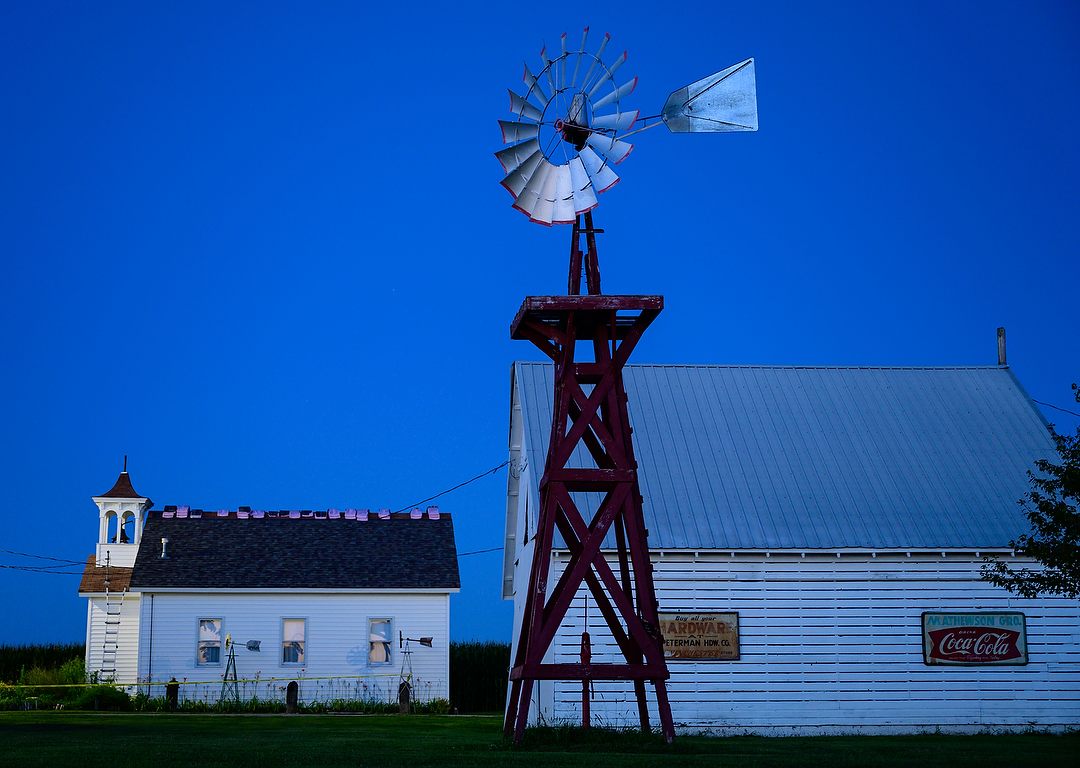
Hiawatha, Kansas, is home to the Brown County Agricultural Museum, which has a great collection of windmills. Getting there well after sunset meant a rich, cool blue sky. Nikon Z 6, Aperture Priority, Natural Auto white balance, ISO 400, 1/8 at f/2.8 in Matrix metering, -1.0 EV, Nikkor Z 24-70mm f/2.8 S lens at 47mm.
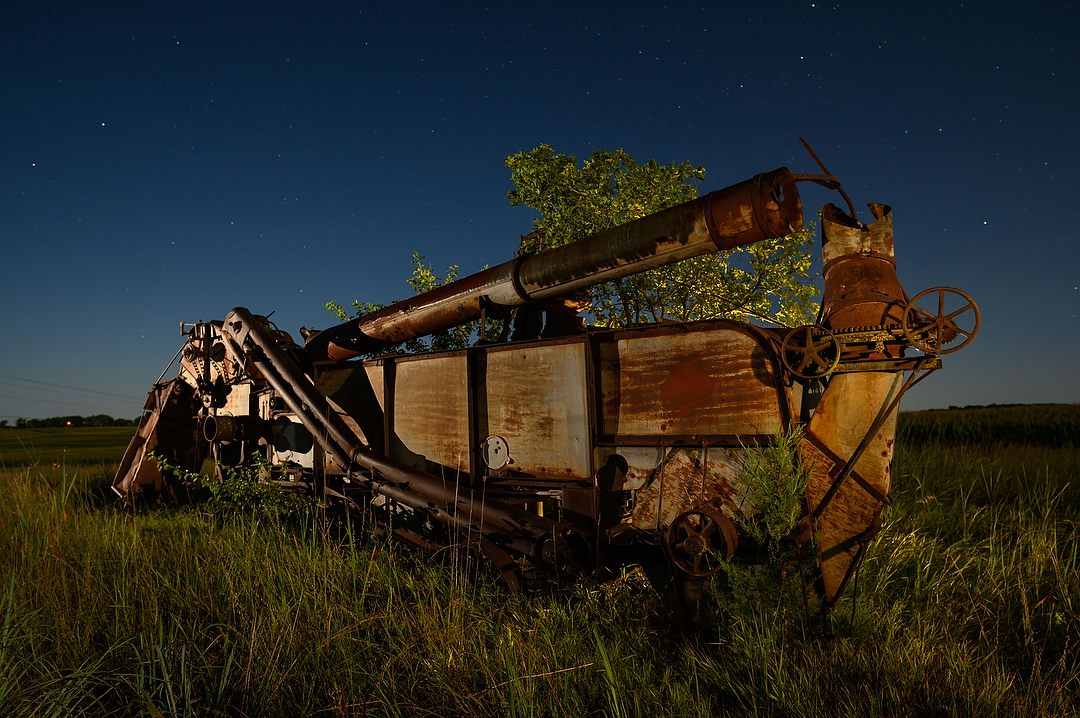
This was the same farm machinery I’d photographed the moth on earlier in the day. On the way home I stopped there again, this time to light paint it against the night sky. Nikon D780, Manual exposure, Sunny white balance, ISO 1250, 10-seconds at f/4. Nikkor 20mm f/1.8G lens.
(If you like this story, please share it with your friends and let them know about the links on photography that I post on my business Facebook page. I’m also on Instagram and Twitter, @reedhoffmann. And if you’re curious about the workshops I teach, you can find them here. And, you can subscribe to this blog on my home page.)

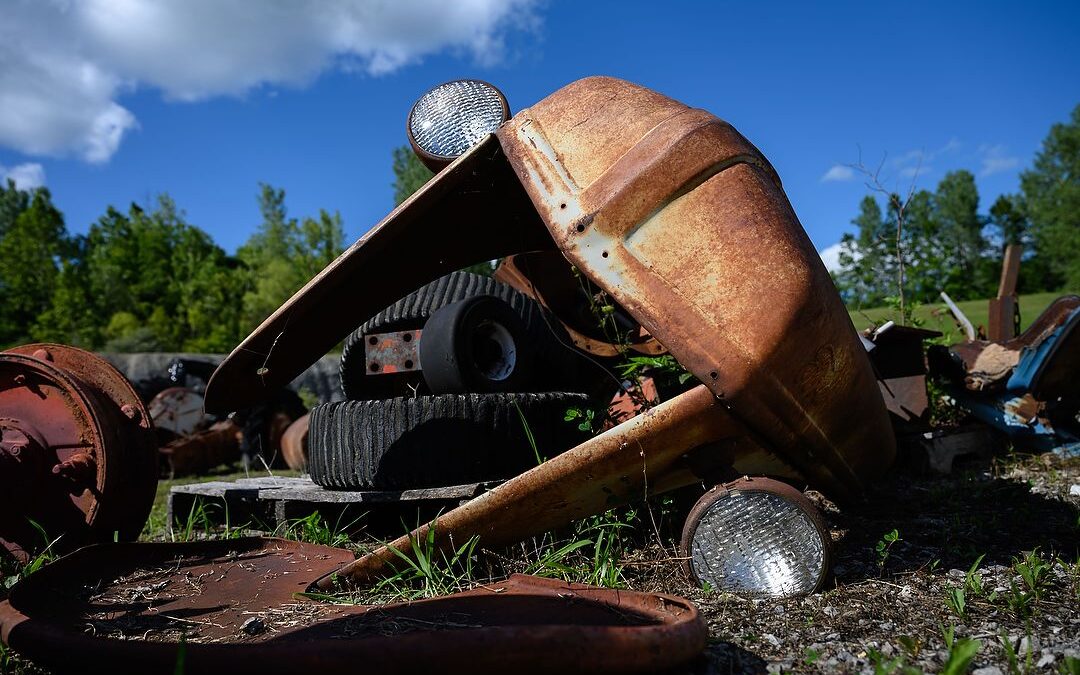
I just found out about you & that you’re speaking tonight to the Digital Dimensions camera club. I look forward to your program! Just curious – did you find that Bison sculpture in Chase County? If so, I know just where you were. Terrific location for your NEOWISE image! Wish I’d thought of it… I’ve been going out about once/week with a friend or two in the KC Metro area for the same reason you have – to keep from going stir crazy. We’ve been our 3-4 times in the evening, but I hadn’t though much about doing it more regularly. Mostly we’ve been out before dawn, so as to avoid people. We hadn’t thought about driving a couple hours to get to a location either, so you’ve given me some food for thought. If you do another 3-night session on night photography like the one I missed this month, I’ll hope to sign up. Thanks!
Yes, Bruce, that’s the statue in Chase County, near Tallgrass. Had scouted a couple of spots I thought might work for the comet, but they wouldn’t work, so was driving around looking for anything else. Saw the church from a distance, then when arrived found the statue. A truly lucky find!
Reed,
I really enjoyed this. The pictures are awesome. The blog is a good length not too long not too short. I will share it.